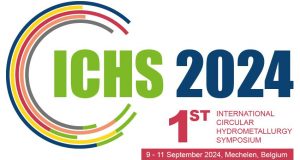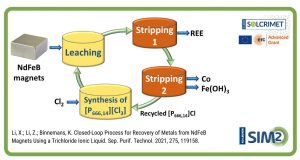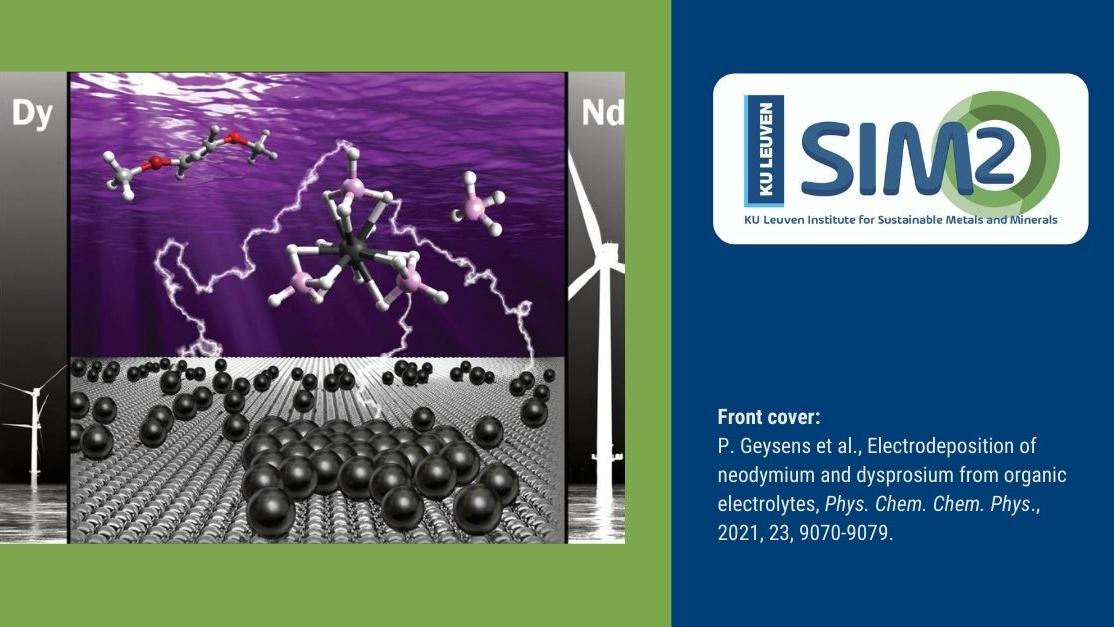After four years of intensive interdisciplinary research, the EU Horizon 2020 MSCA-ETN NEW-MINE project team developed and integrated cutting-edge, eco-friendly Enhanced Landfill Mining (ELFM) technologies to valorise Europe’s 500,000+ landfills. Their groundbreaking inter- and transdisciplinary research and innovation unlocks a huge potential for the resource recovery from the waste of the past. In this final video of the NEW-MINE project, the consortium members show why ELFM is the missing link of the Circular Economy 2.0.
Europe has more than 500,000 landfill sites, with an estimated 90% of them being “non-sanitary” landfills, predating the EU Landfill Directive of 1999. These older landfills tend to be filled with Municipal Solid Waste and often lack any environmental protection technology. In order to avoid future environmental and health problems, many of these landfills will soon require expensive remediation measures.
Taking into account that in Europe there are 12,000 landfills in areas prone to flooding and erosion as a result of climate change (cf. keynote lecture Prof. Kate Spencer – Background papers here: Brand and Spencer, 2018 – Brand and Spencer, 2019 – Brand et al, 2017 – O’shea et al 2018), urgent (policy) action is now required, more than ever.
As stated by NEW-MINE coordinator Dr. Peter Tom Jones (KU Leuven) – prior to the launch of the European Commission's Action Plan for a Circular Economy (EC,COM(2020)98):
"A new Circular Economy Action Plan should not just address the reduction and avoidance of waste flows (i.e. the present) but should also cover the waste stocks (i.e. the past). Overlooking this evident reality can be seen as a dereliction of duty."
Enhanced Landfill Mining
One way out of this conundrum is to develop and implement the Enhanced Landfill Mining approach. With respect to Municipal Solid Waste landfills, Enhanced Landfill Mining (ELFM) has been defined as:
“the safe exploration, conditioning, excavation and integrated valorisation of (historic, present and/or future) landfilled waste streams as both materials (Waste-to-Material) and energy (Waste-to-Energy), using innovative transformation technologies and respecting the most stringent social and ecological criteria.”
ELFM allows to develop a combined resource-recovery and remediation strategy, which will drastically reduce future remediation costs, reclaim valuable land, while at the same time unlocking valuable resources.
ETN NEW-MINE
In order to help developing the ELFM framework, four years ago, 15 enthusiast early stage researchers embarked on an exiting adventure. Together with their supervisors, they researched and integrated cutting-edge, eco-friendly ELFM technologies to potentially valorise Europe’s 500,000 landfills.
Their groundbreaking inter- and transdisciplinary research and innovation can help unlocking a huge potential for the resource recovery from the waste of the past. The technological innovation follows a value-chain approach, from advanced landfill exploration, mechanical processing, plasma/solar/hybrid thermochemical conversion and upcycling, while the multi-criteria assessment methods allow to compare combined resource-recovery/remediation ELFM methods with the “Do-Nothing”, “Classic remediation” and “Classic landfill mining with (co-)incineration” scenarios.
New video clip (WATCH VIDEO HERE)
 The video footage was shot during the fifth International Symposium on Enhanced Landfill Mining (ELFM-5), organised on February 6, 2020, in Leuven (Belgium) (see also Video "The Dark Side of the Circular Economy"). This one-day event featured a high-quality, “beyond-science-only” programme on Dynamic Landfill Management and Enhanced Landfill Mining, and stressed the highly negative impact of climate change on the future safety of Europe's historical landfills.
The video footage was shot during the fifth International Symposium on Enhanced Landfill Mining (ELFM-5), organised on February 6, 2020, in Leuven (Belgium) (see also Video "The Dark Side of the Circular Economy"). This one-day event featured a high-quality, “beyond-science-only” programme on Dynamic Landfill Management and Enhanced Landfill Mining, and stressed the highly negative impact of climate change on the future safety of Europe's historical landfills.
The core message of this final NEW-MINE video is:
“The Missing Link of the Circular Economy 2.0” video shows why the waste of the past cannot be consigned to oblivion. A comprehensive Circular Economy vision should, therefore, find answers for Europe’s 500,000+ landfills.
The NEW-MINE video was produced by Storyrunner production house which has been creating fascinating documentaries for years for the Flemish public broadcasting channel Canvas as well as short films for exhibitions and research institutions including the KU Leuven and OVAM (the Public Waste Agency of Flanders).
Storyrunner is no stranger to awards. The Belgian Federal Council for Sustainable Development (Federale Raad voor Duurzame Ontwikkeling, FRDO) selected our productions “Alles kan schoner” (2014) and “Duurzaam duurt het langst” (2016) for the prestigious FRDO Press Award. “De Macht van het Minuscule” received the top ratings from Canvas viewers. The “DEMETER” (2016) video is highlighted as best practice by the European Commission (Marie Curie Funding and Horizon 2020).
Acknowledgements
 The NEW-MINE project has received funding from the European Union's EU Framework Programme for Research and Innovation Horizon 2020 under Grant Agreement No 721185 – https://new-mine.eu/
The NEW-MINE project has received funding from the European Union's EU Framework Programme for Research and Innovation Horizon 2020 under Grant Agreement No 721185 – https://new-mine.eu/

 European Training Network for the Design and Recycling of Rare-Earth Permanent Magnet Motors and Generators in Hybrid and Full Electric Vehicles (DEMETER)
European Training Network for the Design and Recycling of Rare-Earth Permanent Magnet Motors and Generators in Hybrid and Full Electric Vehicles (DEMETER)



